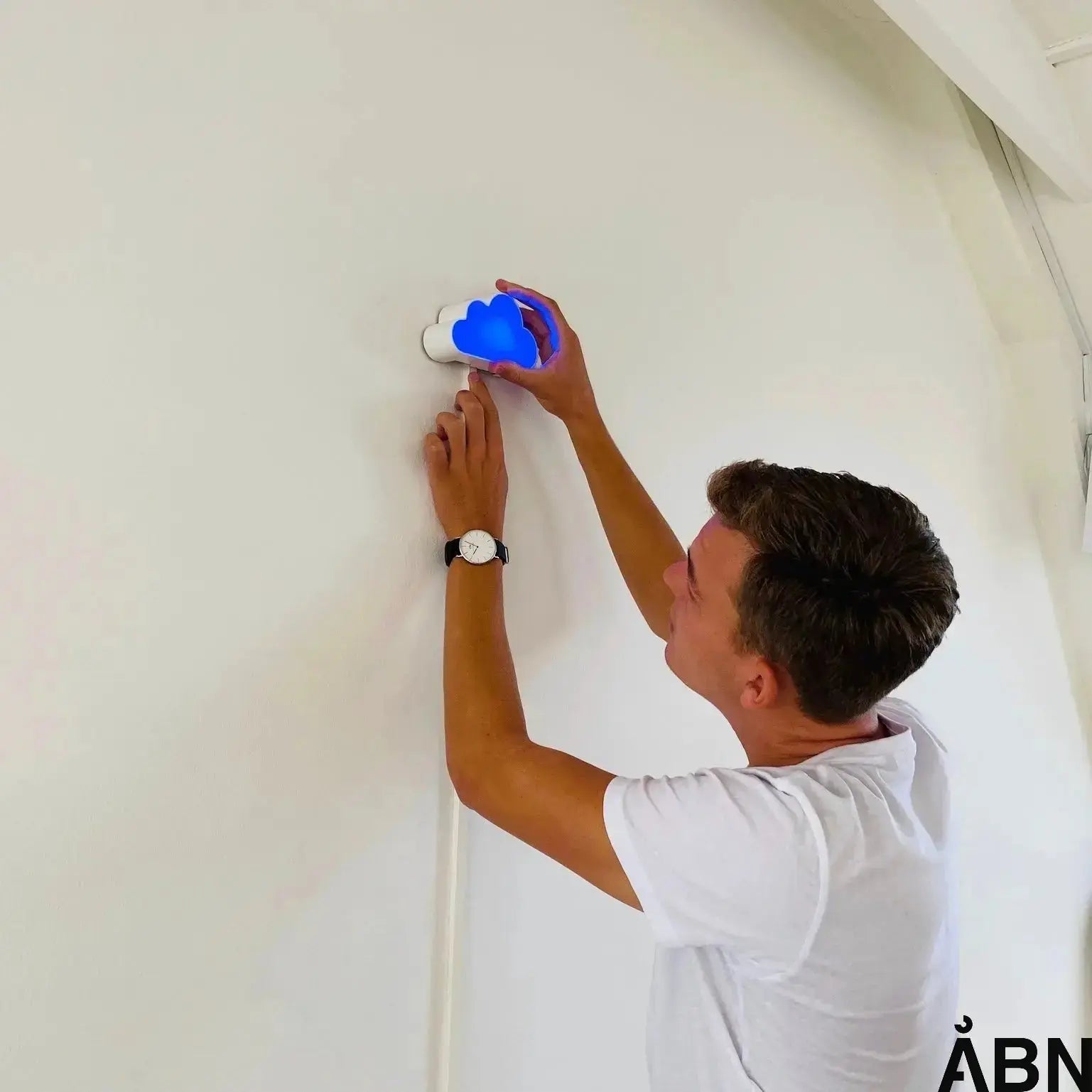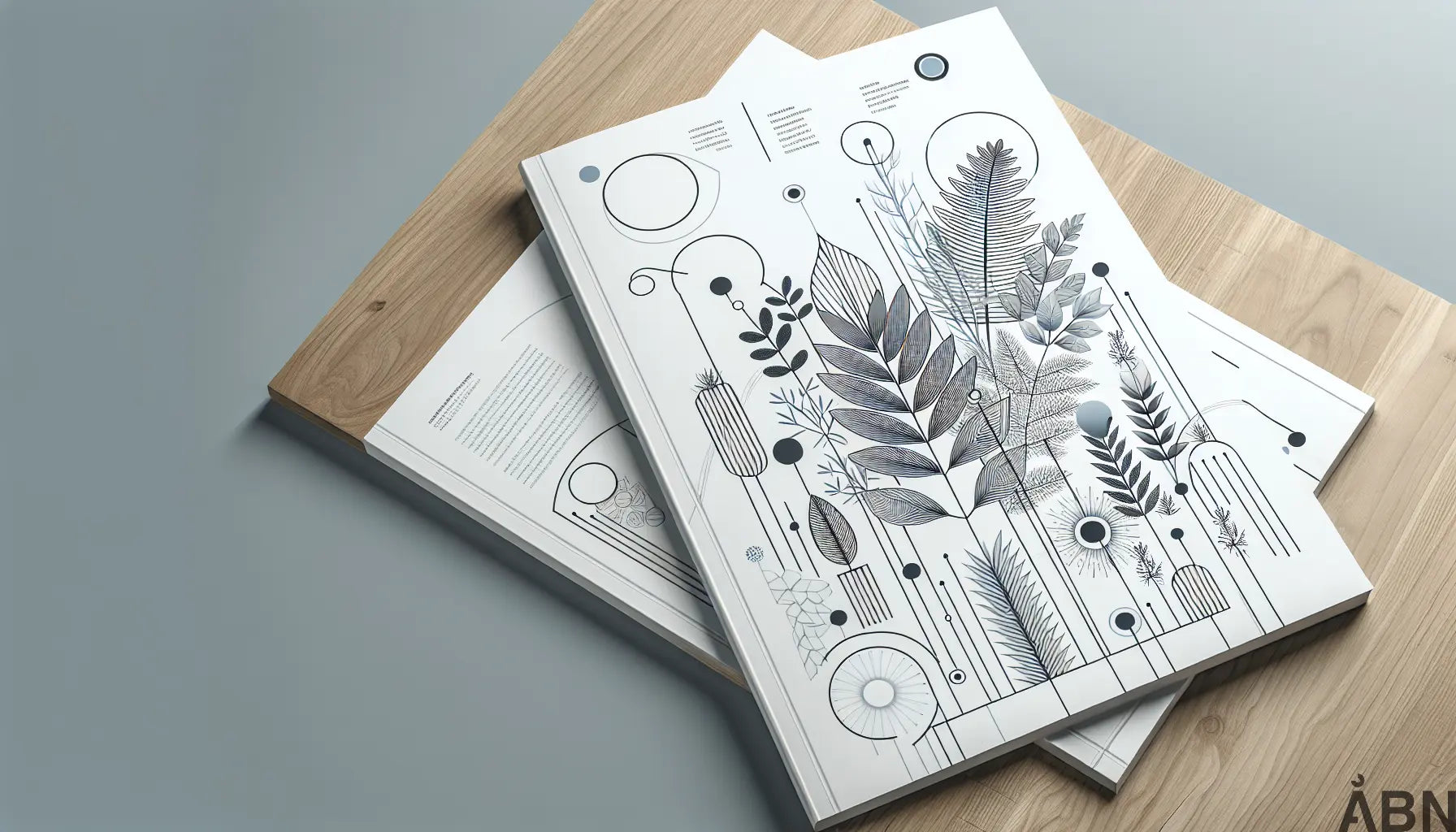Use plants to stabilize humidity
The humidity in our surroundings plays an important role in our well-being and health. At ÅBN ApS we know how important it is to have a healthy and comfortable indoor climate, and therefore we want to share knowledge about how plants can be an effective solution for regulating humidity.
According to LAR - Local Rainwater Drainage, green solutions such as planting are essential for managing rainwater and climate adaptation. Plants can absorb excess water and release it through evaporation, which can help stabilize indoor humidity.
Benefits of plants in the indoor climate
There are several benefits to using plants for humidity regulation. In addition to creating a healthier indoor climate, plants can also help reduce air pollution and create a more comfortable and productive work environment.
Climate adaptation and new green spaces have shown that planting plays a crucial role in creating sustainable solutions. By choosing the right plants for a rain bed, you can achieve effective results in terms of regulating water and creating a better microclimate.
Technological and natural solutions from ÅBN ApS
At ÅBN ApS, we have developed innovative solutions, such as our product Skyen , which combines technology and natural elements to create optimal indoor climate conditions. By integrating plants into our solutions, we have seen significant improvements in air quality and humidity in various rooms.
FAQs
How can plants help regulate humidity?
Plants absorb water from the soil, which they then release into the air through a process called transpiration. This helps to stabilize the humidity in the room and helps maintain a healthy indoor climate.
What types of plants are best suited for humidity regulation?
Plants such as peace lilies, ferns, indoor bamboo and areca palms are known for their ability to regulate humidity. They have large leaves and a high transpiration rate, making them ideal for this purpose.
How many plants are needed to achieve effective humidity regulation?
The number depends on the size of the room and the desired result. As a rule of thumb, 1 plant per 10 m² can be a good start to have a noticeable effect on humidity.
Are there any special factors to be aware of when using plants for humidity regulation?
Yes, the plants' location, lighting conditions, soil type and watering frequency have a major impact on their ability to regulate moisture. It is important to monitor the plants' well-being and adjust care accordingly.
By using plants to stabilize humidity, we can create a healthier and more comfortable indoor climate for everyone. If you would like to know more about how ÅBN's solutions can help improve your indoor climate, please contact us . We are ready to advise and guide you in choosing the right solutions for your needs.
We believe that a combination of technology and nature can be the key to an optimal indoor climate. Together, let's create a healthier and more sustainable environment for the future.









